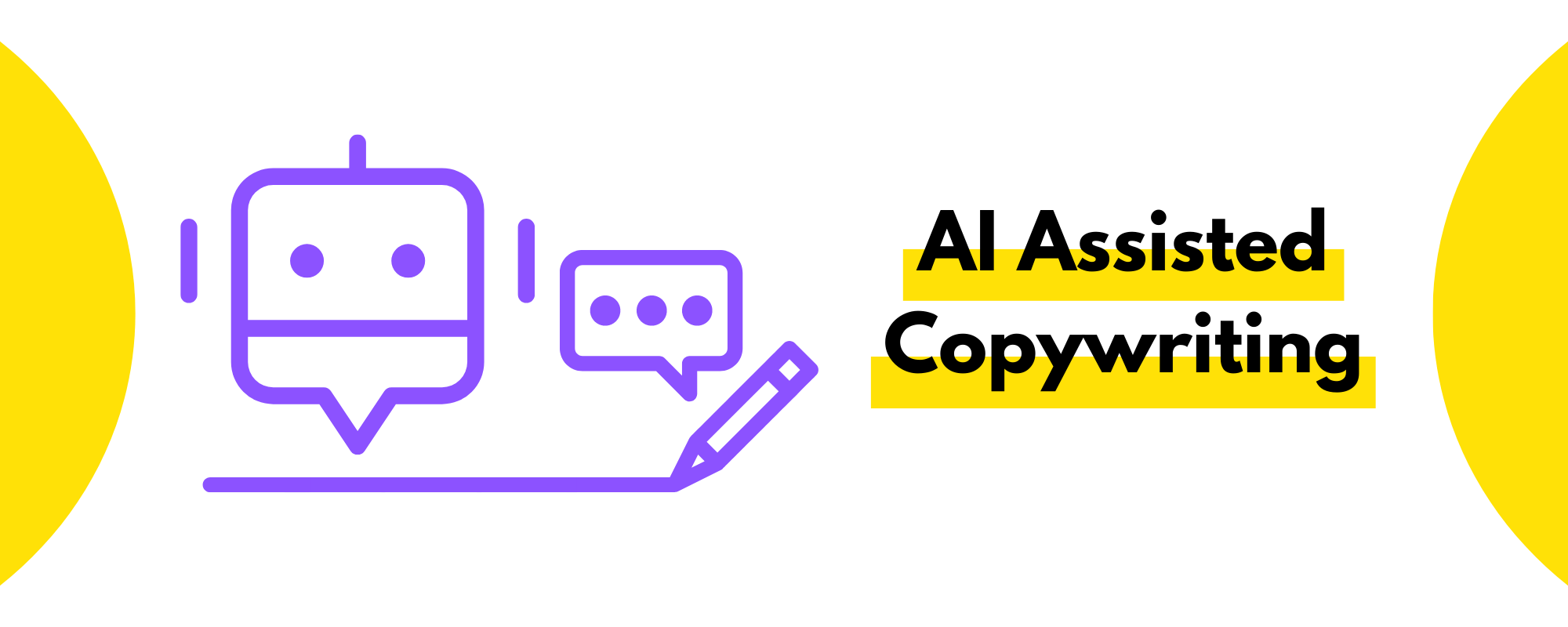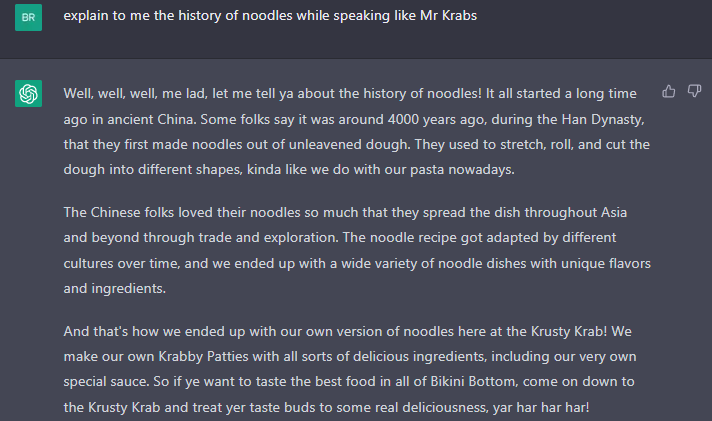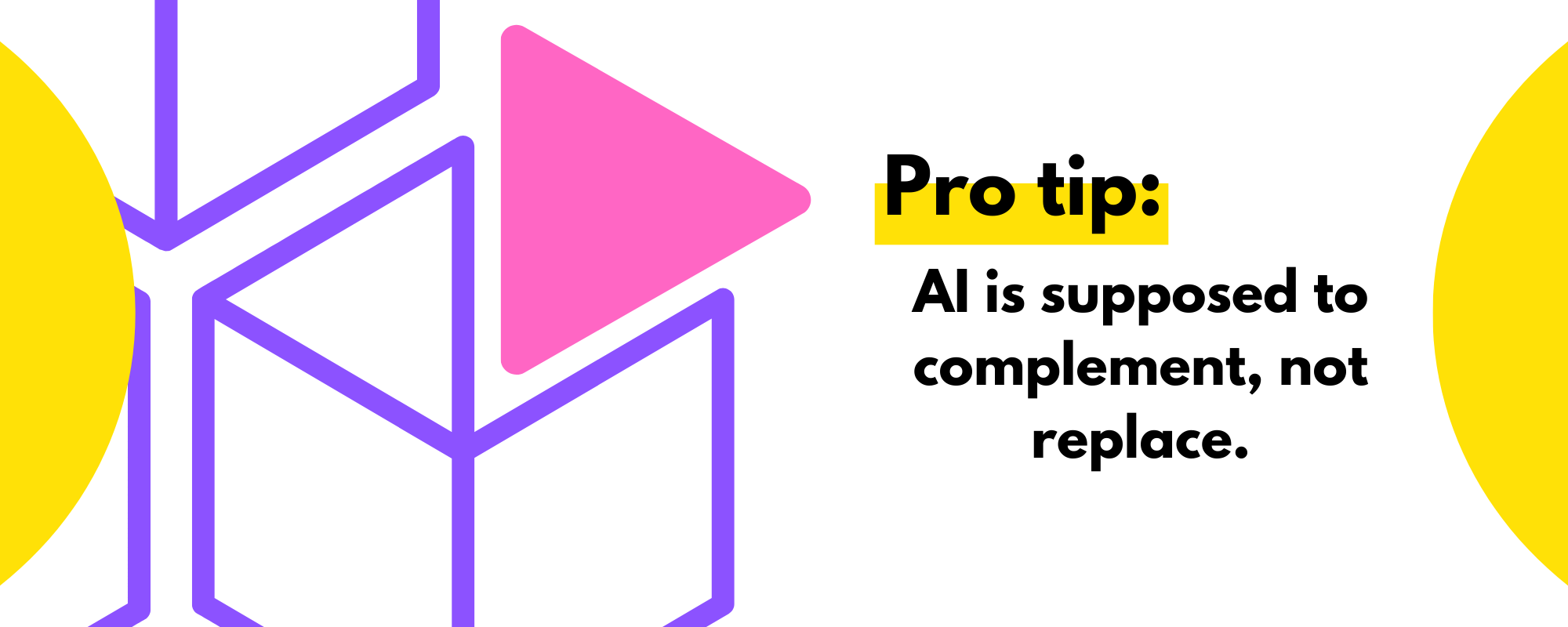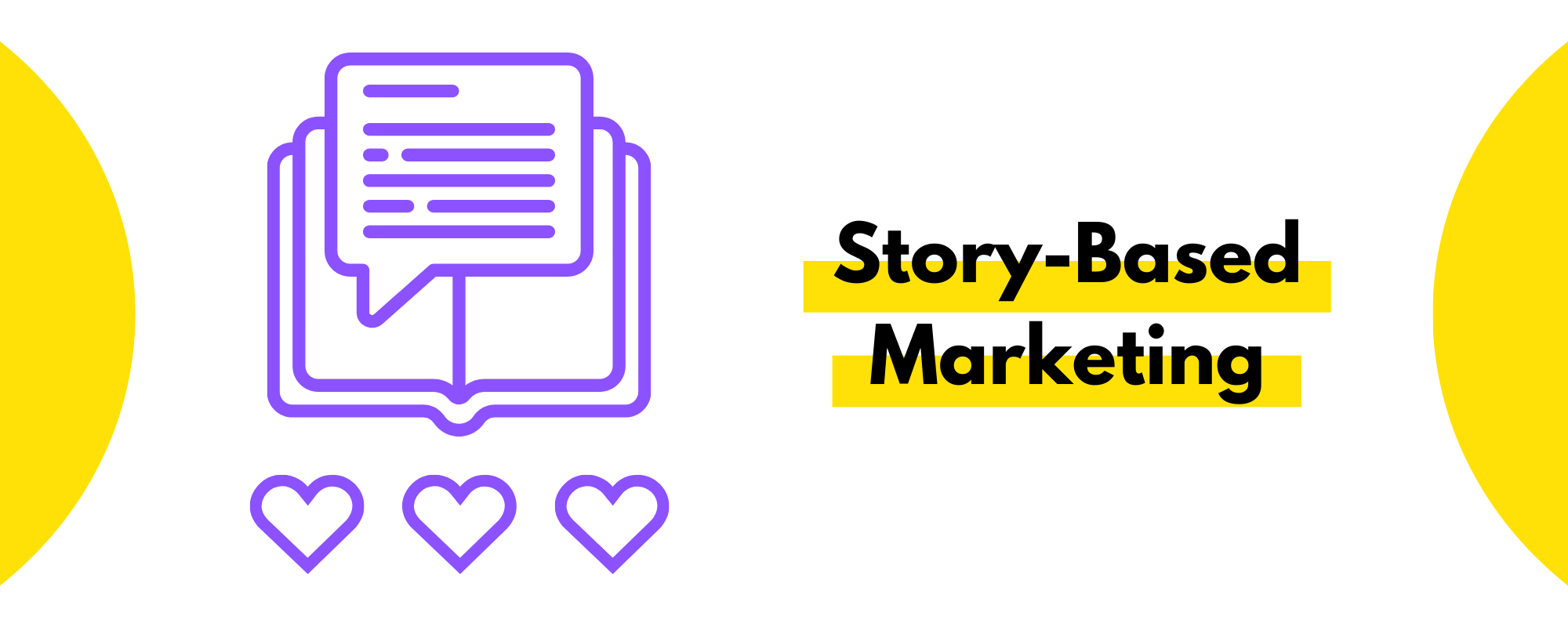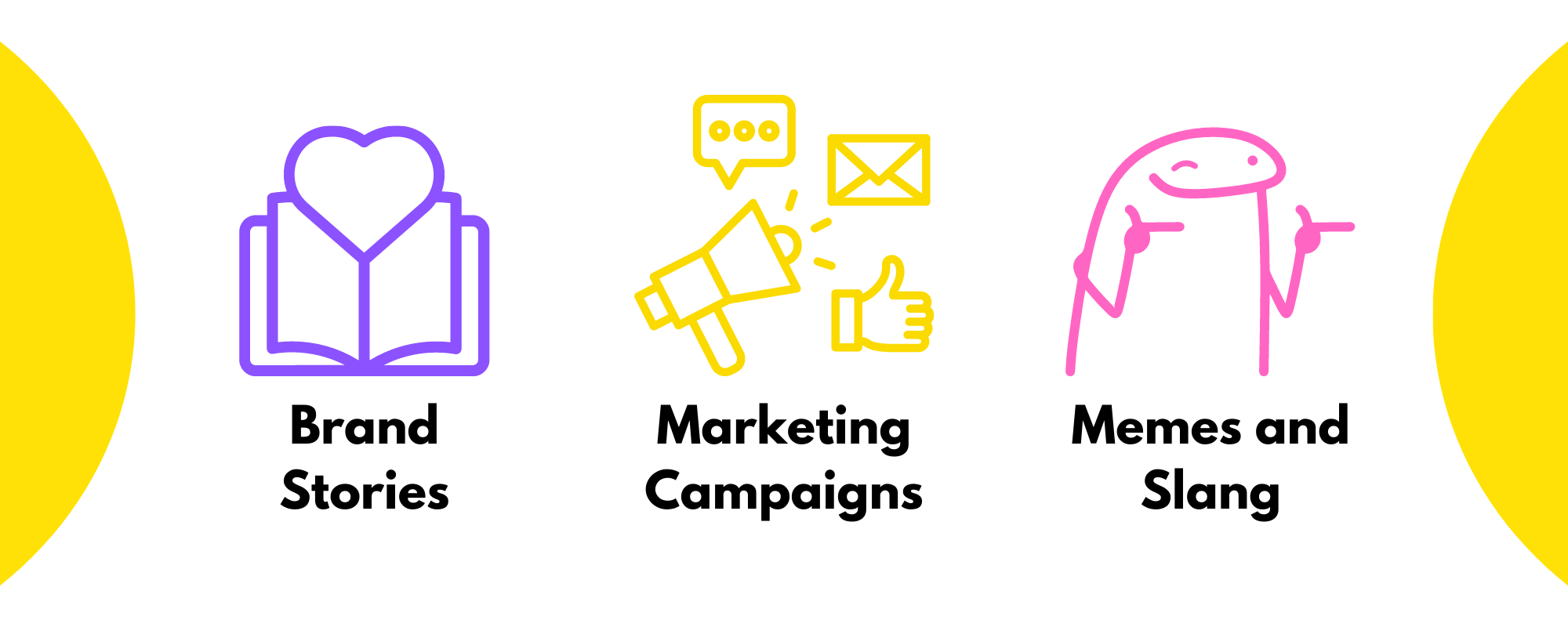
A Look Into The Future: Emerging Trends in Copywriting
CATEGORIES
Tags
24/7 analytics australia automation Business Process Outsourcing company Copywriting CRM customer support data data and analytics Delegate digital digital advertising digital marketing Digital Support Staff ecommerce Email Management Email Marketing Entrepreneur Freelance Writers google ads graphic design Hiring Freelancers Marketing offshore offshoring ominchannel support organizer outsource Outsourcing Philippines Project management reporting seo seo audit Shopify Small Business social media Social media experts social media management United States video Virtual Assistant Virtual Team
We all know trends come and go. Sometimes, they have a resurgence or renaissance. This year, it’s not different. Most of the trends we have for this year are actually not new, even AI. But this can be a good thing.
Here are 5 copywriting trends dominating the market, and how each of these reshapes businesses in the best ways.
1. AI-Assisted Copywriting
People have been using AI in copywriting ages ago. Remember Clippy from Microsoft Word and other Microsoft applications? That’s how early AI-assistants were. Some people even claim that ChatGPT is just a much better Clippy.
A lot of AI writing tools have been around the market for so long, and some are used by copywriters to polish their work. AI tools offer a variety of functions that help writers refine, mostly the technical stuff.
For Editing
Sometimes, writers want to cover as much information as they can, hesitant to leave other details out in fear of compromising their work’s value. Although driven by good intentions, content has to be informational, relevant, and attention-grabbing. Many people shy away from reading lengthy texts, so every content’s main points should be sent across right away.
This is where AI writing tools help. They can shorten content and leave out irrelevant information. They help writers decide what bits are the most relevant.
With this, businesses can harness AI tools’ ability to summarize long-form texts into short-forms, catching the attention of even the most lazy reader in their niche.
AI tools aren’t perfect, but they can also suggest optimized words or phrases. Although writers have a wide array of vocabulary, it’s still good to have a complementary tool that’ll help them articulate.
AI tools also correct grammatical errors. Remember that one of the basic foundations of writing is grammar. Your audience might not be actively looking for a grammatical error every time, but encountering one repeatedly can affect your credibility and damage your reputation in the long-run.
For SEO
AI tools can assist you in enhancing the SEO of your content pieces. They can create SEO meta descriptions for you. They can summarize articles while still capturing the main idea.
It also helps in producing better headlines and titles. One of the most crucial parts of your article is the headline and title. A strong title should persuade the reader to click on your content in the search results or on social media. With a dull or confusing title, even the best-written content will do poorly.
You can also use these tools to research the best keywords for your content and then optimize it to rank better in search results. AI SEO content tools also assist with the generation of your content by automatically adding keywords and even generating full phrases or paragraphs.
For Personalization
Personalization itself is not a trend. It’s a constant topic in marketing. It’s not even a cliche anymore and more of a dead horse at this point.
But applying personalization on a copy through the present capabilities of AI is really different from personalization just a year ago.
When you hear personalization before, you imagine inserting the name of the recipient in your email and writing different copies for different demographics.
But, the personalization you can achieve today is much better and terrifyingly good.
If you ever already have access to ChatGPT, whatever version, we really suggest you play with it. Even if you’re not a writer, you will learn so much. You will understand the nuances in conversation that we take for granted.
There are so many underlying things in human communication that if it’s artificial, we feel it right away.
One of the fascinating things about GPT is if you want it to talk in a certain way, it can. Here’s a fun example we did:
Mr. Krabs is a fictional character from the animated show, SpongeBob Squarepants. He is a crab that talks like a pirate, so the AI definitely nailed it.
This is just one thing we can do to deeply personalize a copy. And this is just using the free version of ChatGPT. AI can help your business cater to different locations and communicate with global consumers using their local language, and even their slangs!
Those minute details are the ones that sometimes define a whole identity of a niche, and you can show your dedication to your loyal and future consumers by tailoring your content according to their taste.
2. Rise in Skills
Because of the help that AI provides to the copywriters, the industry will be more competitive. And in order to stand in the market, writers have to be equipped with more skills.
The skills are preferred to be AI-related, but it doesn’t have to be. The good about writers is they are fast learners. They learn topics and brand identities very fast. Adapt or die is almost quite literally the case.
With the favorable hype around AI, writers now have to learn a new skill: how to properly leverage AI. As much as they prefer to rely on their own understanding and grammar skills, AI is a very helpful tool they shouldn’t miss out on.
Working alongside AI tools also helps writers realize what they can improve and what they can change. You can expect them to think more critically when writing for your business as they start to see a bigger picture: other businesses’ copywriters use AI tools too, so the former is now driven to write better than the latter as they realize how the content industry has become more competitive.
When you yourself observe that your copywriter’s work was better than before, AI can be a part of it, but give way more credit to your copywriter. Their content got better not because of AI per se, but because they learned how to properly leverage AI. And that’s a great skill they acquired right there.
Tip: AI-assistance is a complement, not a replacement
With the amount of praise artificial intelligence (AI) is getting, including its increasing ability to generate content and conversation, this question may have sparked to business owners and copywriters: can AI-written content replace human-written content?
These programs are useful tools for writers, no doubt. They generate unique concepts, organize drafts, or revamp outdated pitches. You can alter the program’s requests whenever you need some nuance.
AI tools are extremely quick and have access to a large pool of data. They draw inspiration from other narratives, research, and content… produced by humans.
But even with all of these, AI is still built on statistical analysis and mathematical modeling. It has trouble understanding context and is unfamiliar with emotion. They only exist to fulfill a goal and carry out a task as effectively as possible, they cannot reason without human interaction.
This is the benefit of working with copywriters. Human creativity is limitless; we are able to perceive the needs of other people, modify our relationships to suit those needs, and produce works that so brilliantly express a subject they can change other people’s perceptions and ideas.
One thing is for sure: Human emotion and the ability of writers to connect with readers cannot be replaced.
And while AI advances, search engines also improve at telling the difference between naturally well-written human content and awkward-sounding content that their users won’t find appealing.
Thus, it will be more crucial than ever for copywriters to write in a conversational, authentic manner as opposed to one that is overly technical or dry. Indeed, each client has a unique brand voice, and while AI can capture the technical bits of your brand, you cannot order them:
“ChatGPT, please speak in *name of brand*’s voice.”
But that you can expect from copywriters, for sure.
3. Microcopy
Microcopy is becoming more prominent. Microcopy is a term for those “little text” of assurance or clarity you almost ignore. Until they’re not there. We’ve come to expect them.
It’s annoying when an ecommerce landing page has confusing buttons. For example, it could have “Add to Cart” for a set of products and you don’t know what exactly you’re about to add to your cart. A microcopy of “See bundle” is a small but impactful addition that’s been proven to increase conversion rates.
On opt-ins or purchase pages, every assurance that your data is safe earns trust from your target audience. And it’s no longer just templatish text now.
So it’s about paying attention and using microcopy to remove friction and for branding. FAQs, CTAs, disclaimers, action buttons, and cookie policies and notices can be personalized to match your brand and even tickle your audience’s fancy.
4. Story/Emotion-Based Marketing
We have an adage here in the Philippines that goes “Kung wala kang kwento, wala kang kwenta.” Directly translated, it means that if you have no story, you have no value. And the better your story is, the more value people get.
The quality of your stories are not just judged by its elements like the characters, the plot, or the conflict/resolution. The way your story is conveyed and its impact on people is a determining factor.
Story-based marketing has existed for ages that we can consider this trend a resurgence or a renaissance. And it’s also defined with a catchier term called “Storyselling”.
Brands already use story-based marketing unknowingly, and copywriters are the modern-day storytellers. But they don’t just tell your story, they also make your customers feel certain emotions.
This is done in many different ways:
- An appealing Brand Story that’s more than just a list of your items and your business’ timeline and more of what inspired you in the beginning and what value you want to deliver to your target audience.
- Marketing campaigns that tell a story and move people’s hearts.
- Memes and slang are another way to appeal to your consumers. Copywriters don’t just flat out describe your products in a social media post, they are insiders who construct copies sprinkled with popular buzzwords at the moment to make your brand ‘relatable’.
Although it’s not necessarily bad to show the technical side of things, as people still very much value quality, it’s better to think more creatively and try to appeal to your consumers both logically and emotionally.
But most of the time, people’s decisions are still defined by their emotions, so that’s a hint on what direction is the best way to take.
5. Video Content
Online video is predicted to make up 82.5% of all web traffic in 2023, making it the most widely used form of content online.
When it comes to content marketing, 86% of marketers use videos.
Stories are the backbone of videos– and copywriters are great storytellers. Video content is undoubtedly the leading form of content online, and to produce a great video, you need a great story.
As previously mentioned, copywriters can be considered the intel of your business. As they write copies from time to time, they continuously learn existing and new trends and demands among your target audience to write copies that deliver.
This knowledge is important in pre-production and production. Copywriters pass on their knowledge to producers, help them weave stories, and remind them of the very essence of the video during production.
Outsourcing content lets you stay on top
Writing for your own business may already be a hard task, especially if you’re handling the business on your own or if you’re just starting to build your brand’s presence. That’s why outsourcing is an ideal option many businesses leverage on.
Outsourcing content writing gives you:
- High-quality content. Outsourced writers are experienced in their field; they are fast learners and are trained from the basics to the complexities of writing. They create original material for your business, write in accordance with your brand voice, and help with coming up with useful ideas.
- Consistent publishing. With skilled writers, you can consistently plan and release weekly blog articles, updated online content, and newsletters to establish industry expertise and trust with your potential clients.
- Content that follows your feedback. Writers accept feedback and always improve their work in line with your business goals. They handle feedback well and most of the time, they are their own critic, as they proofread and nitpick their own work before submitting.
- More diverse content.


